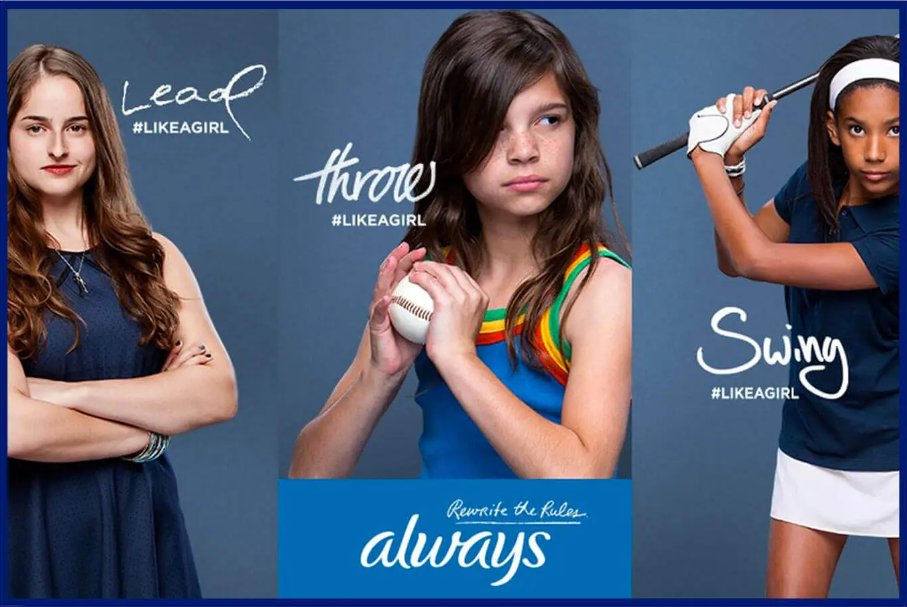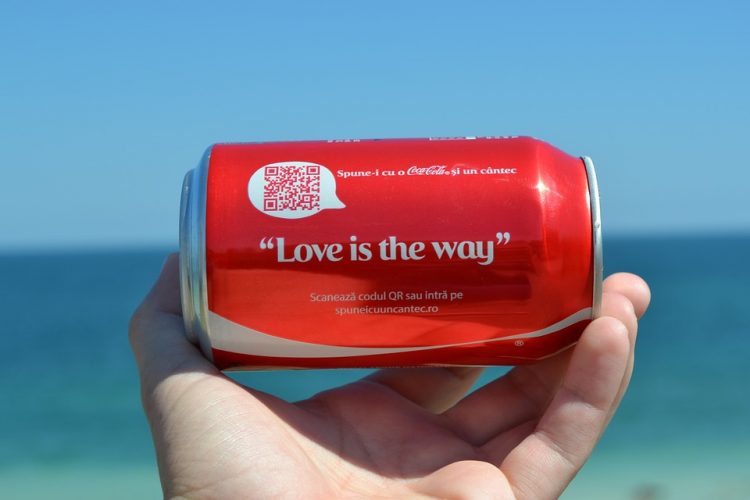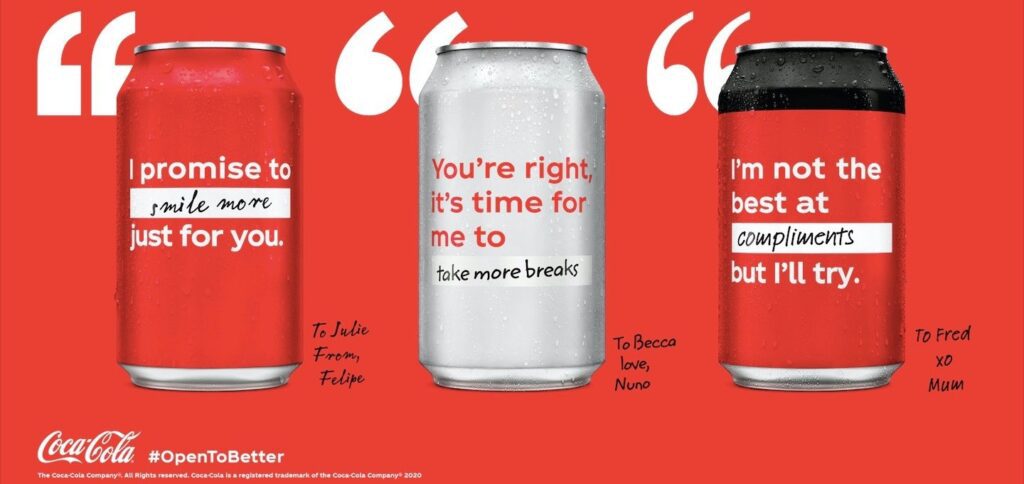Emotional branding in advertising is about making people feel something when they see a brand’s message or logo. It’s not just about telling people to buy a product; it’s about making a connection with their feelings and values.
When advertisers use emotional branding, they aim to create positive feelings and associations with their brand. They do this by focusing on emotions like happiness, love, sadness, or excitement in their ads. By triggering these emotions, they hope that people will remember the brand and feel more connected to it.

One way emotional branding works is by telling stories. Advertisers use storytelling to create narratives that viewers can relate to emotionally. These stories often feature characters facing challenges or situations that viewers might also encounter in their lives. By doing this, viewers feel empathy or understanding, which helps them connect to the brand.
For example, an advertisement might show a family celebrating together, enjoying each other’s company while using a particular brand of food. This story could evoke feelings of happiness, warmth, and togetherness, making people associate those positive emotions with that brand.
Another aspect of emotional branding is using music, colors, and visuals that resonate with people’s emotions. Advertisers choose music that evokes a specific mood or feeling and use colors that trigger certain emotions. For instance, bright colors might convey excitement, while softer tones could create a sense of calmness.

Moreover, successful emotional branding helps build trust and loyalty. When people connect with a brand on an emotional level, they’re more likely to remain loyal customers. They feel a personal attachment to the brand and might even advocate for it, recommending it to friends and family.
A great example of emotional branding is seen in advertisements for Coca Cola. For decades, Coca-Cola has been using emotional branding to convey a sense of togetherness and happiness. Its iconic ads often feature people of diverse backgrounds sharing moments of joy while enjoying the drink. Whether it’s through catchy jingles, heartwarming stories, or festive visuals, Coca-Cola has mastered the art of evoking positive emotions in its audience.

However, emotional branding can have downsides if not executed well. Sometimes, ads can evoke negative emotions or backfire, leading to a negative perception of the brand. For instance, if an emotional ad is seen as manipulative or insincere, it can damage the brand’s reputation and credibility.
In conclusion, emotional branding is a powerful tool in advertising. It’s about creating a bond with consumers through feelings and experiences rather than just selling a product. When done right, emotional branding can forge strong connections, foster customer loyalty, and leave a lasting impression in people’s hearts and minds.
WHAT’S OUT THERE: Emotional Branding: What It Is and How to Use It Effectively






































